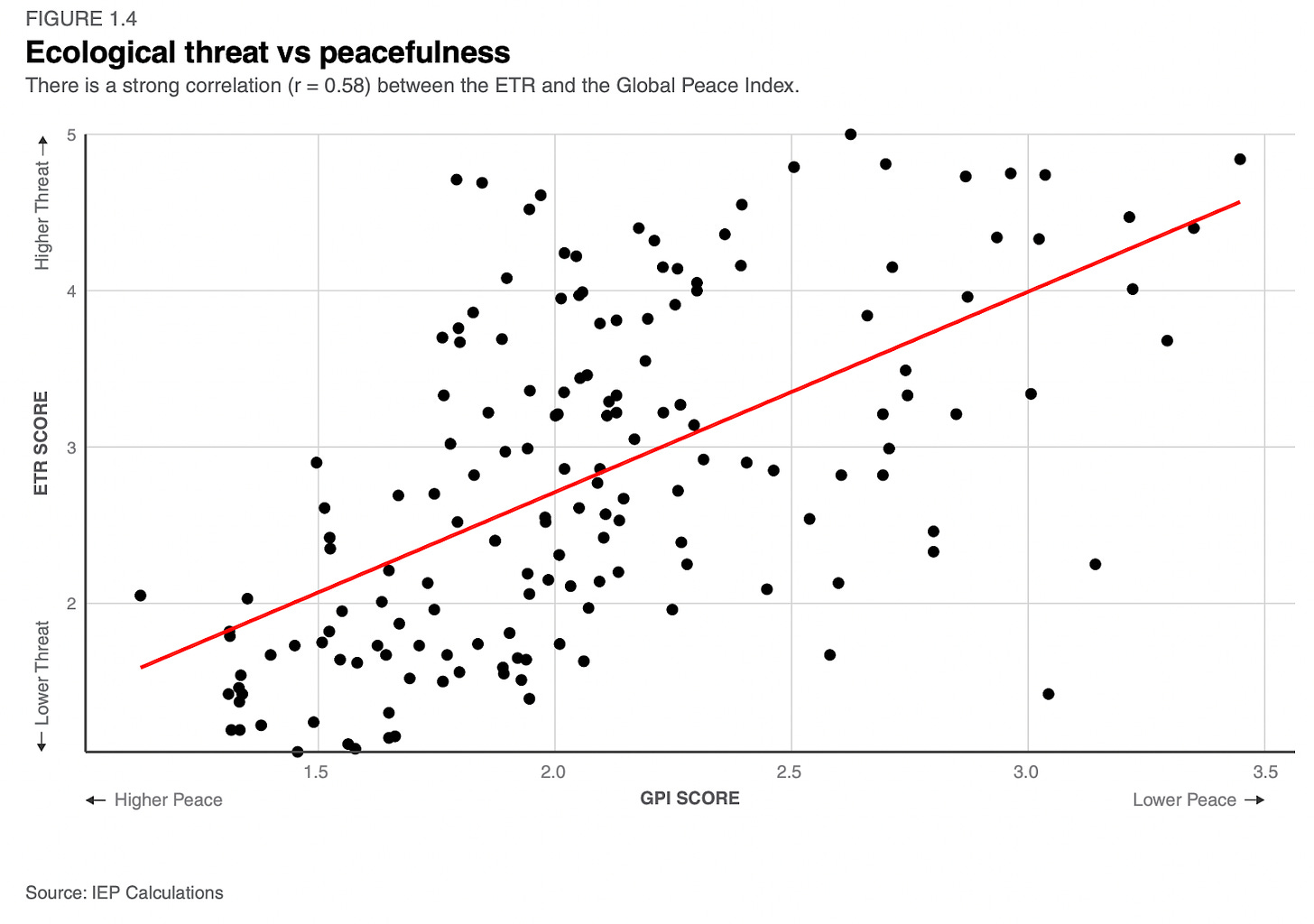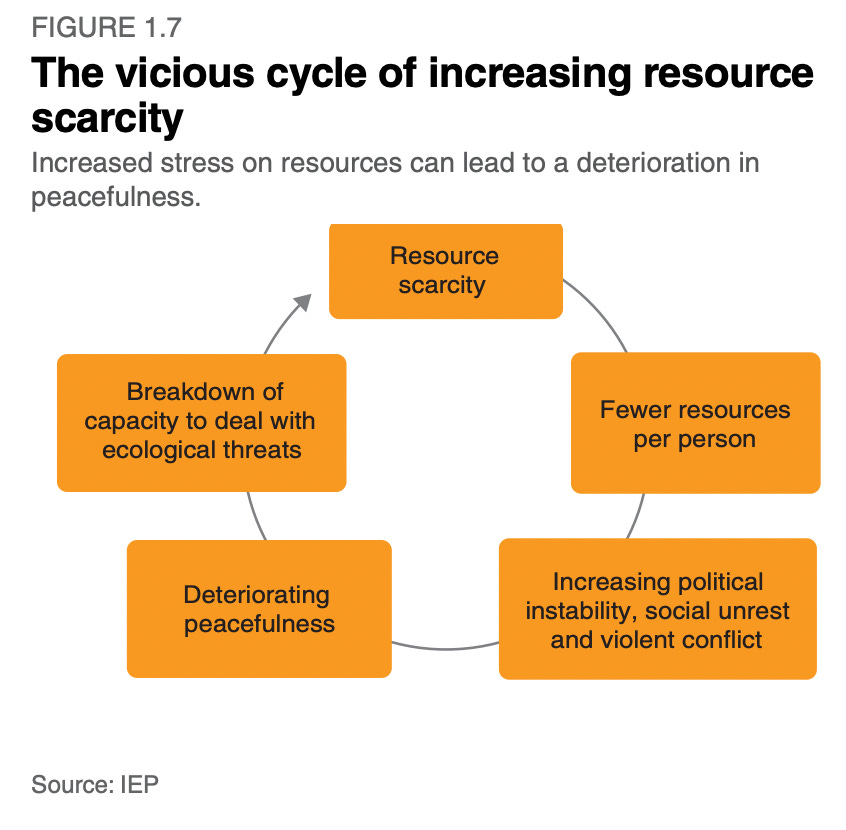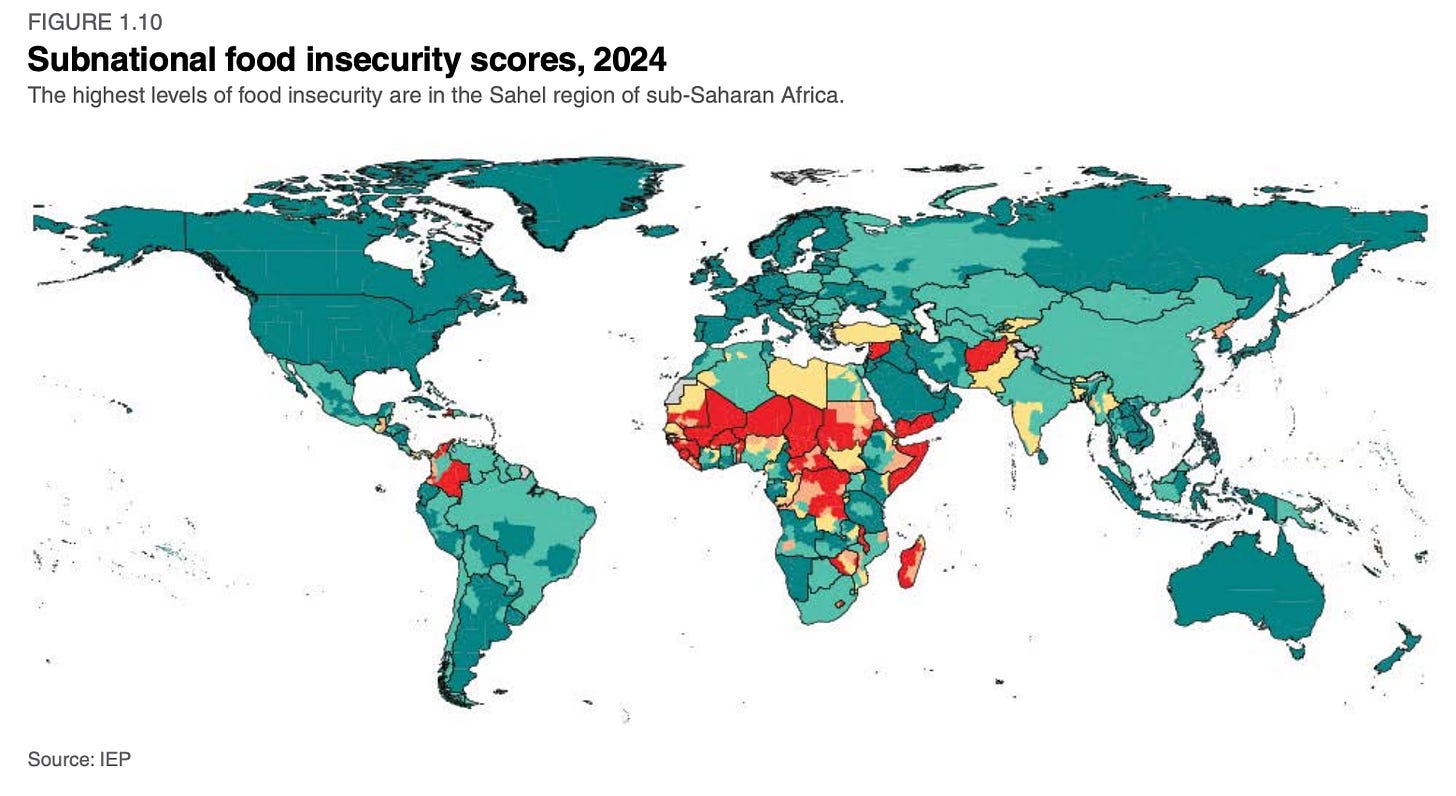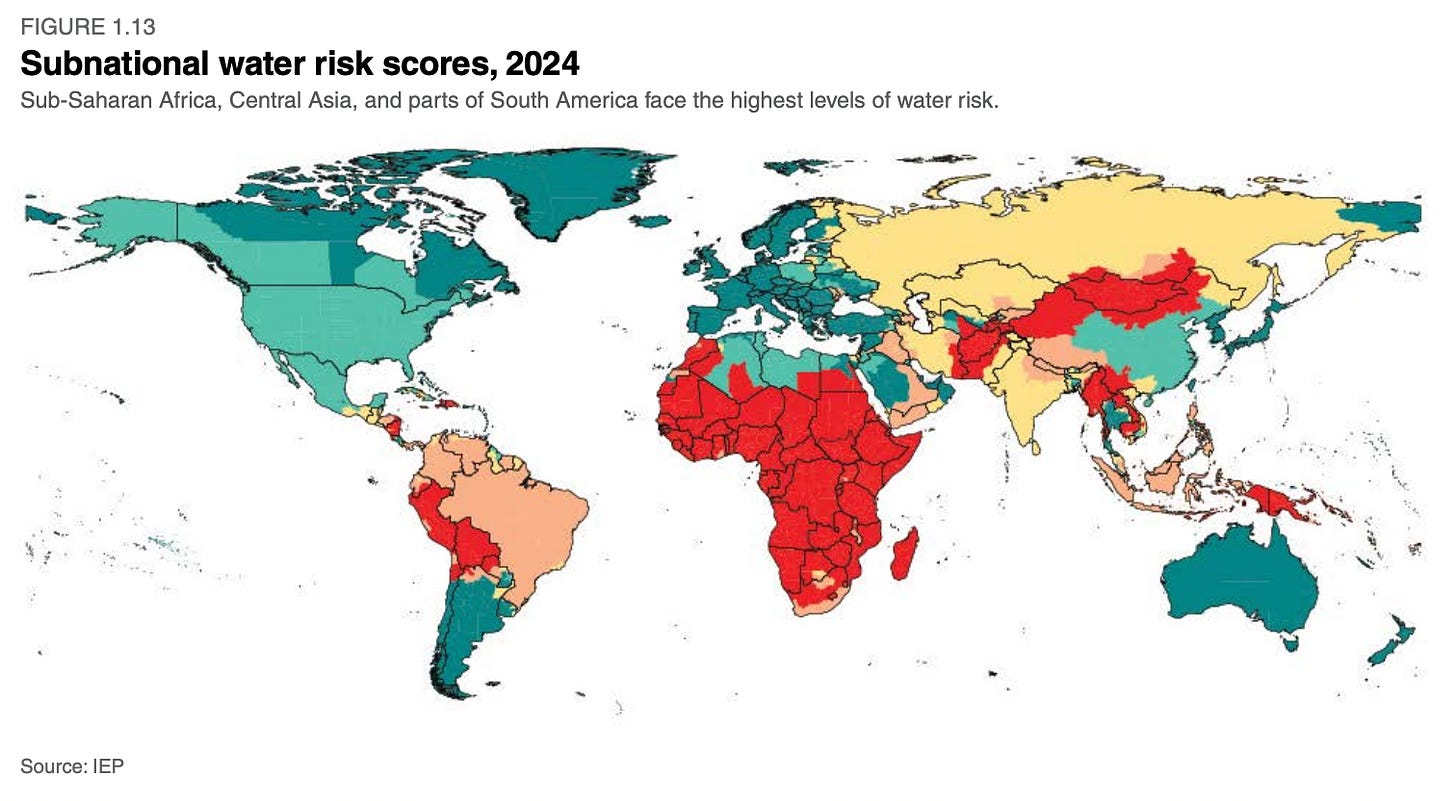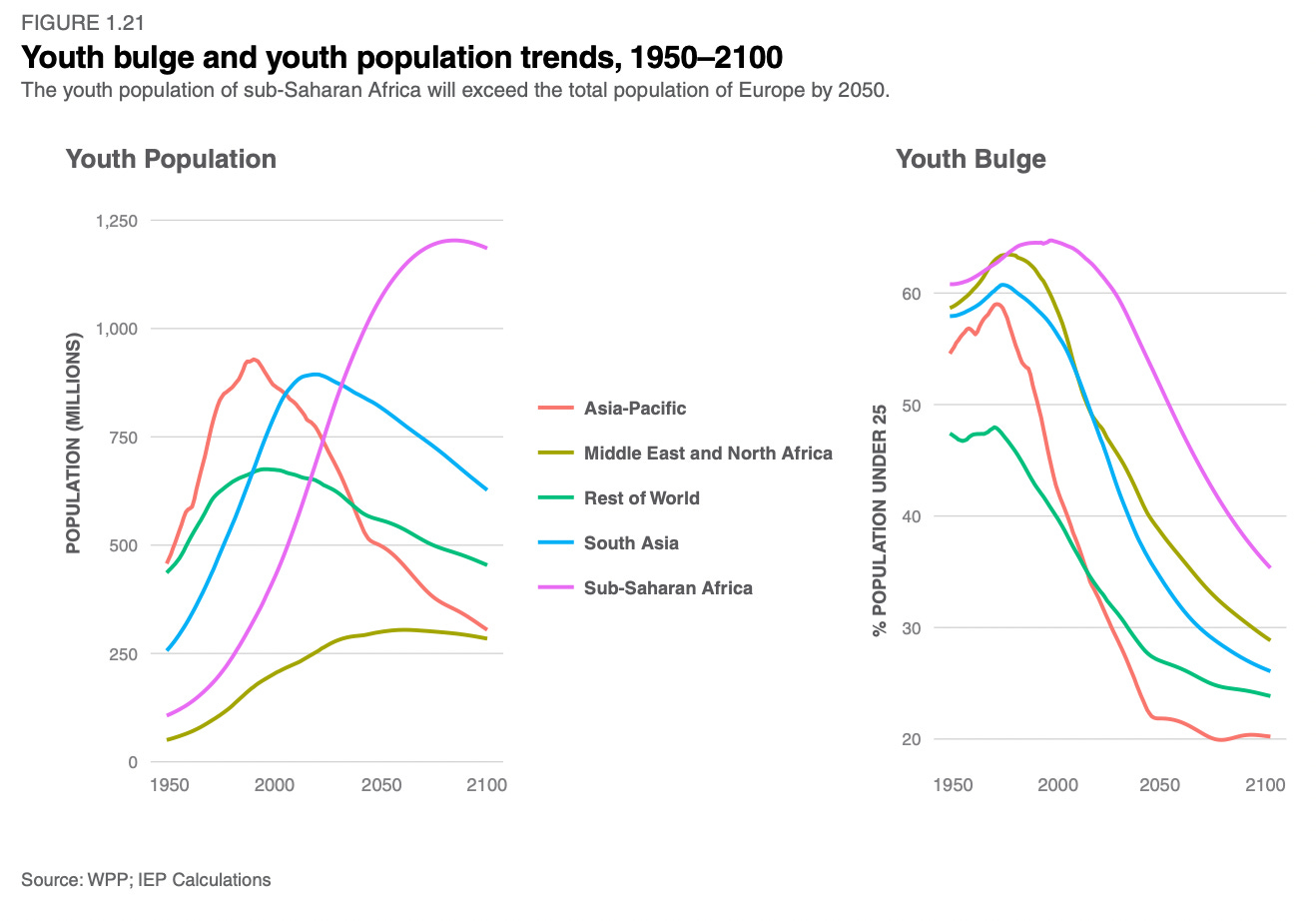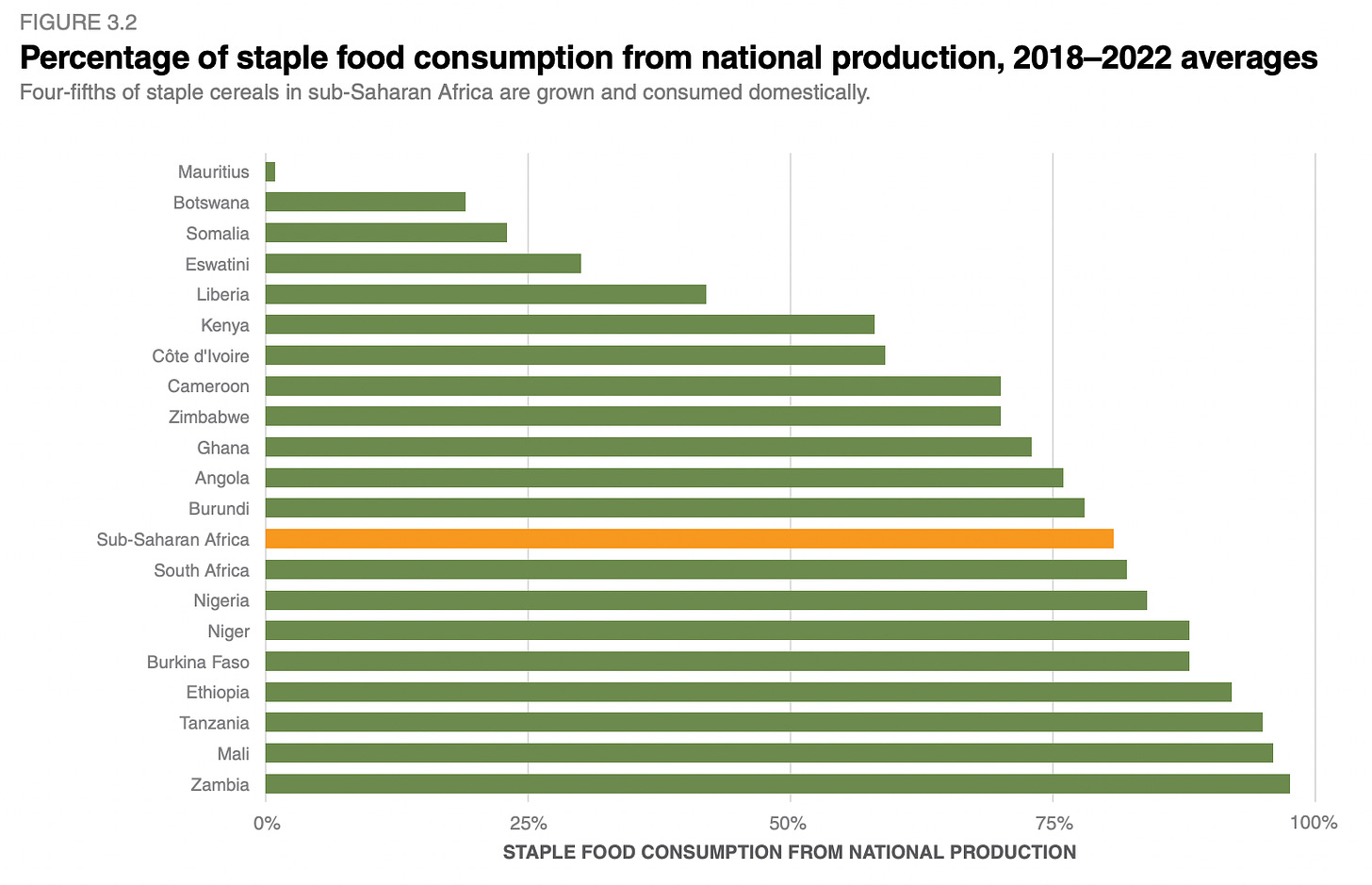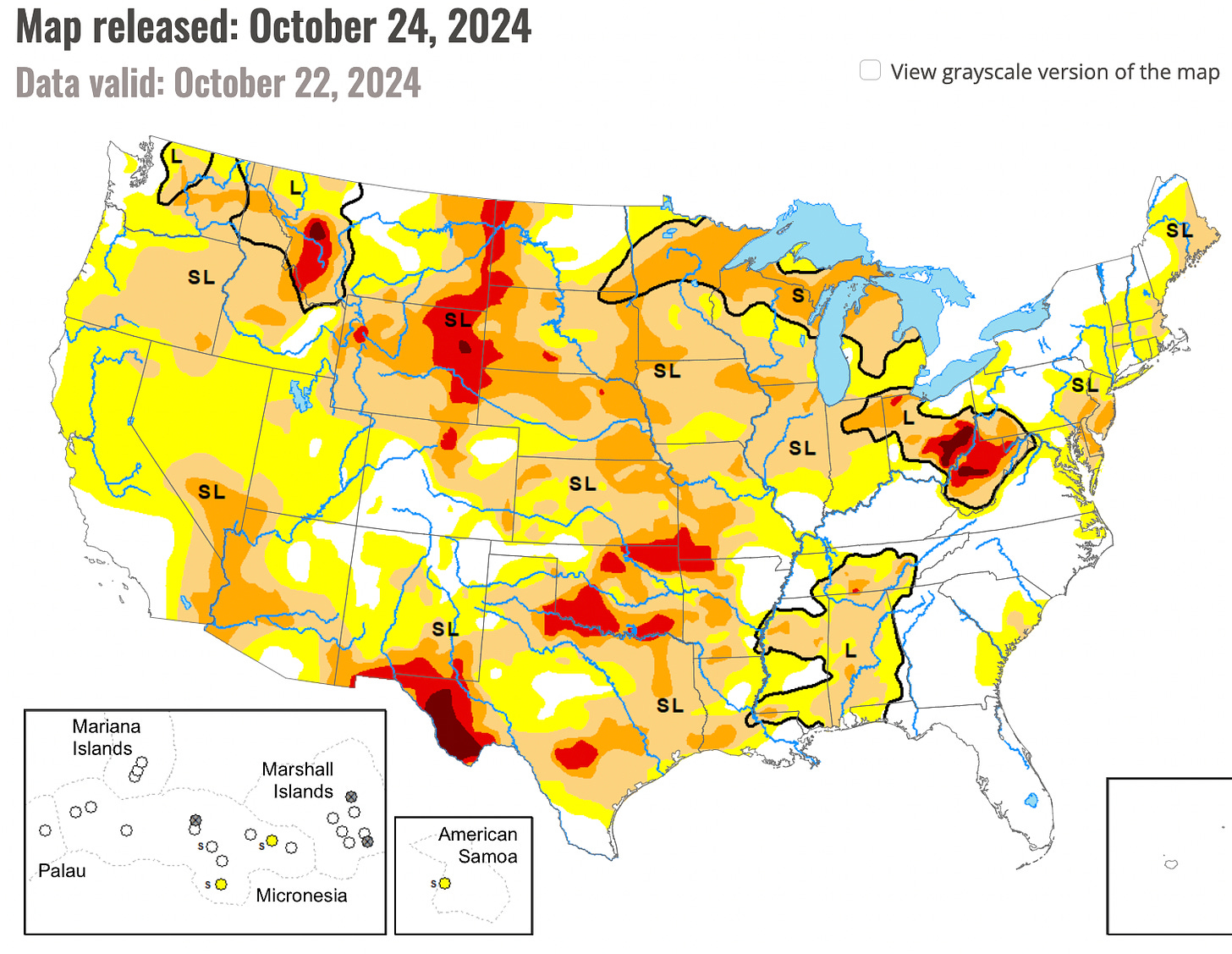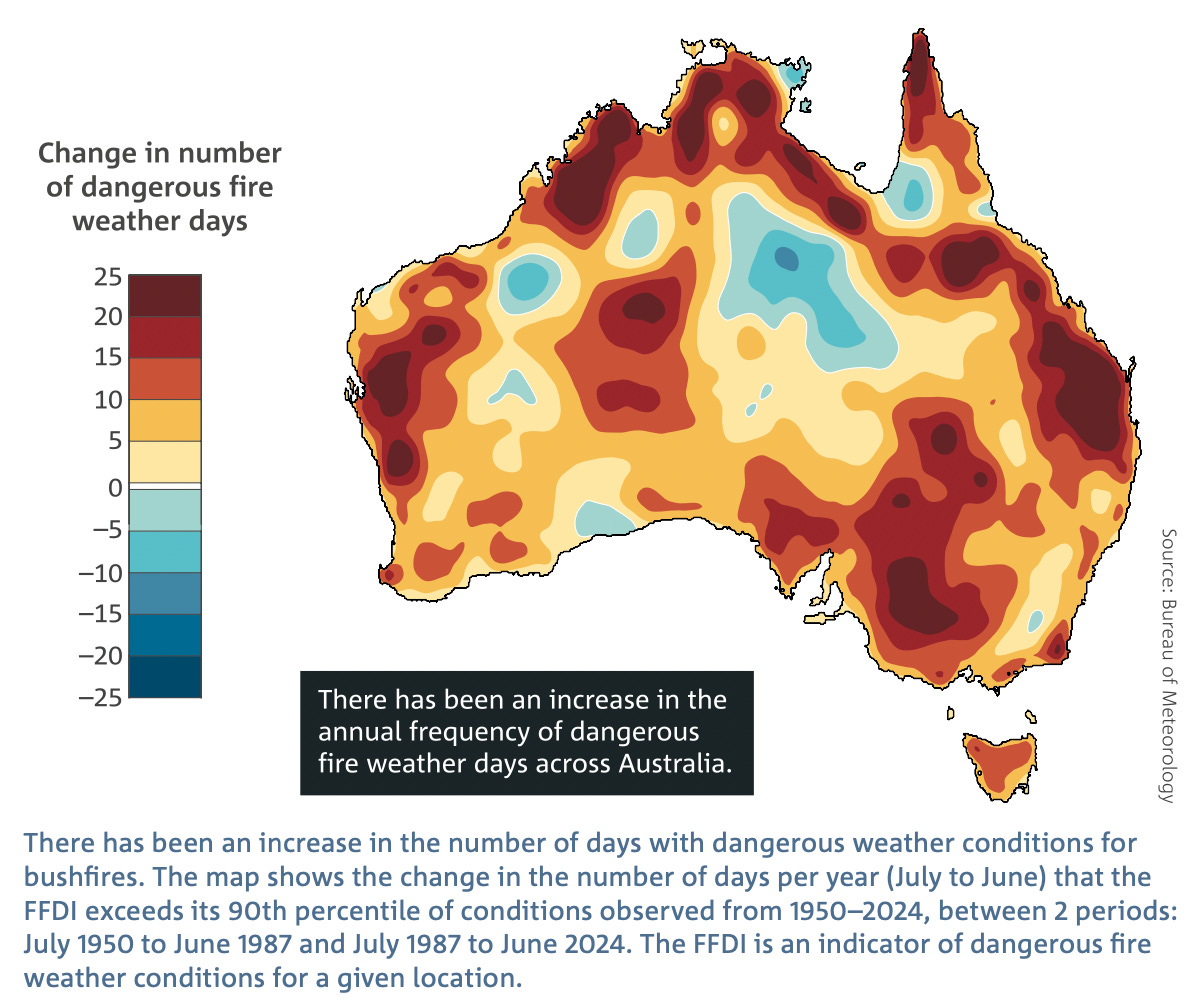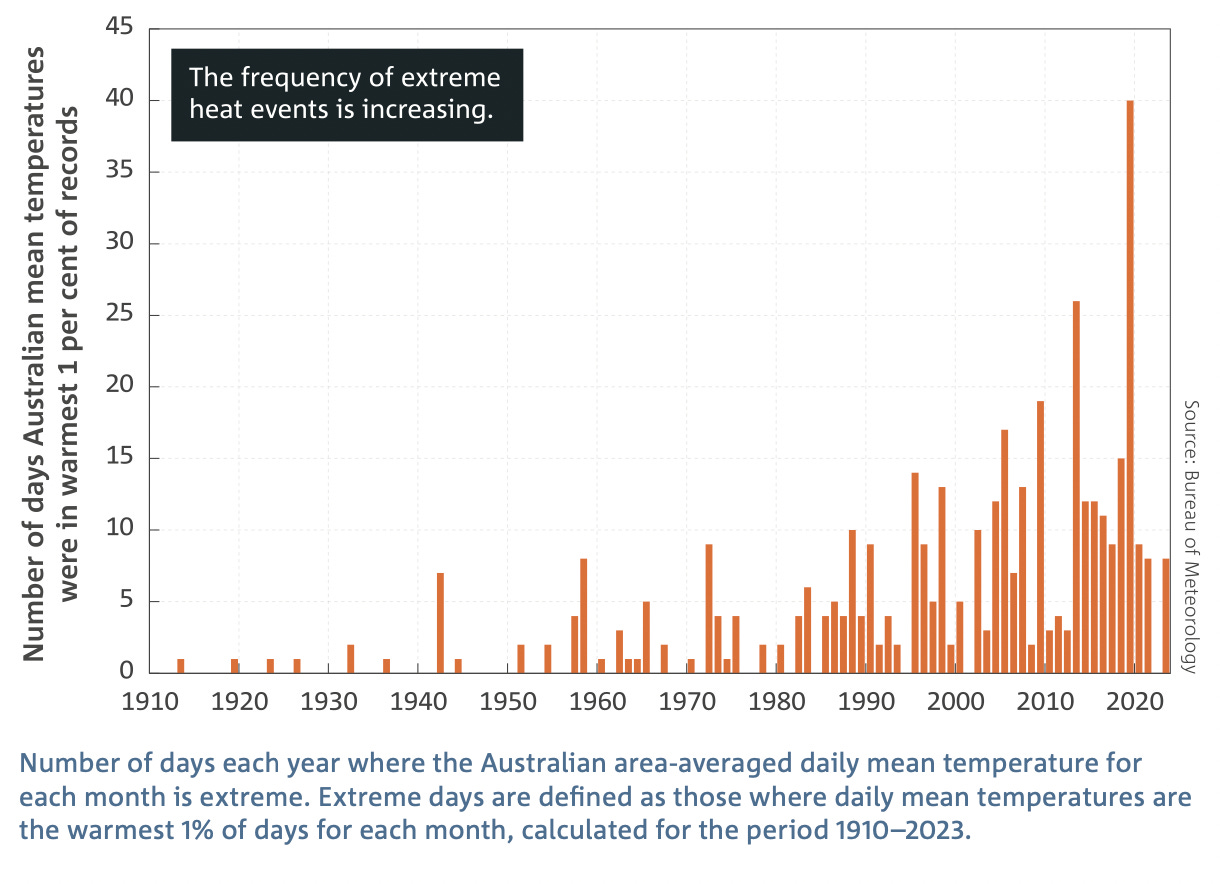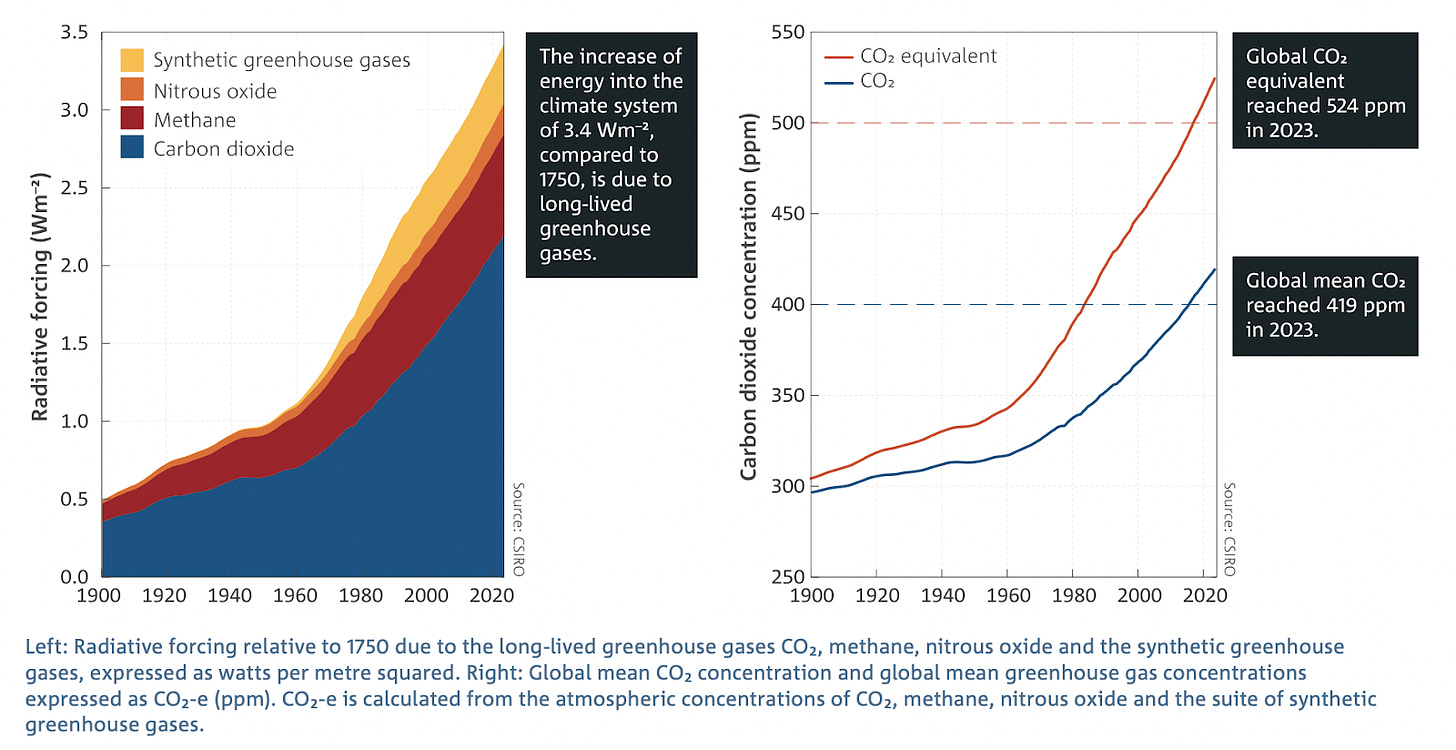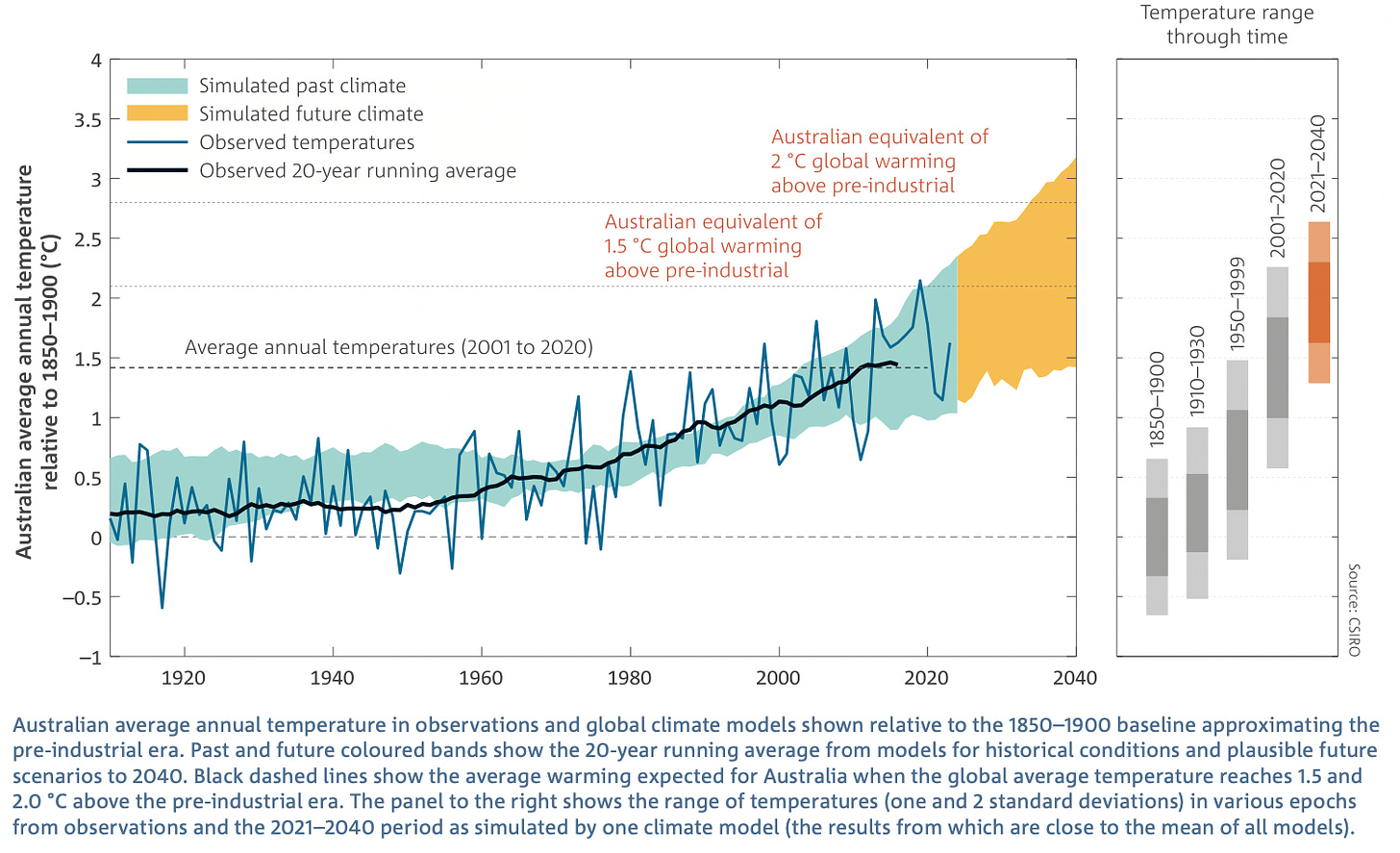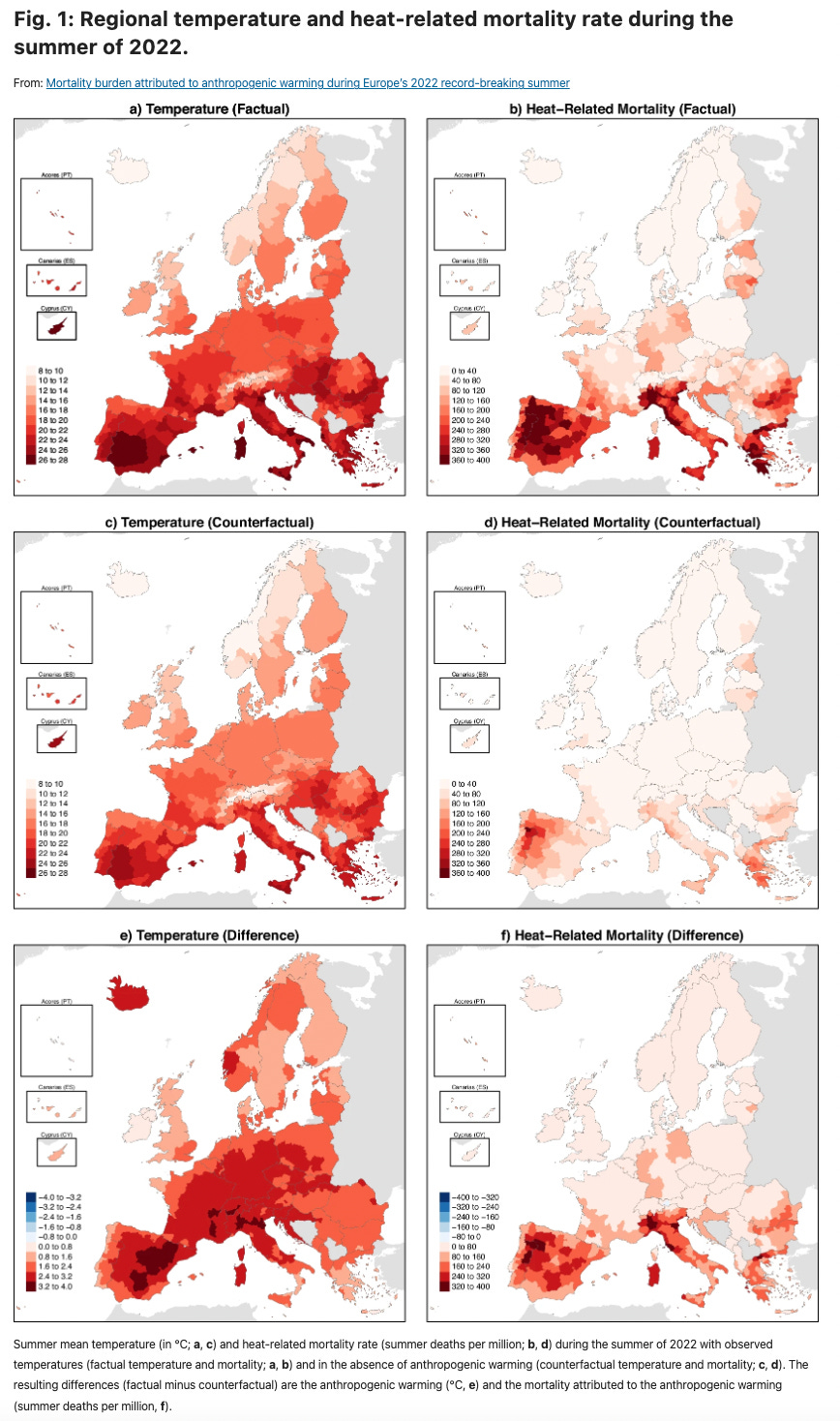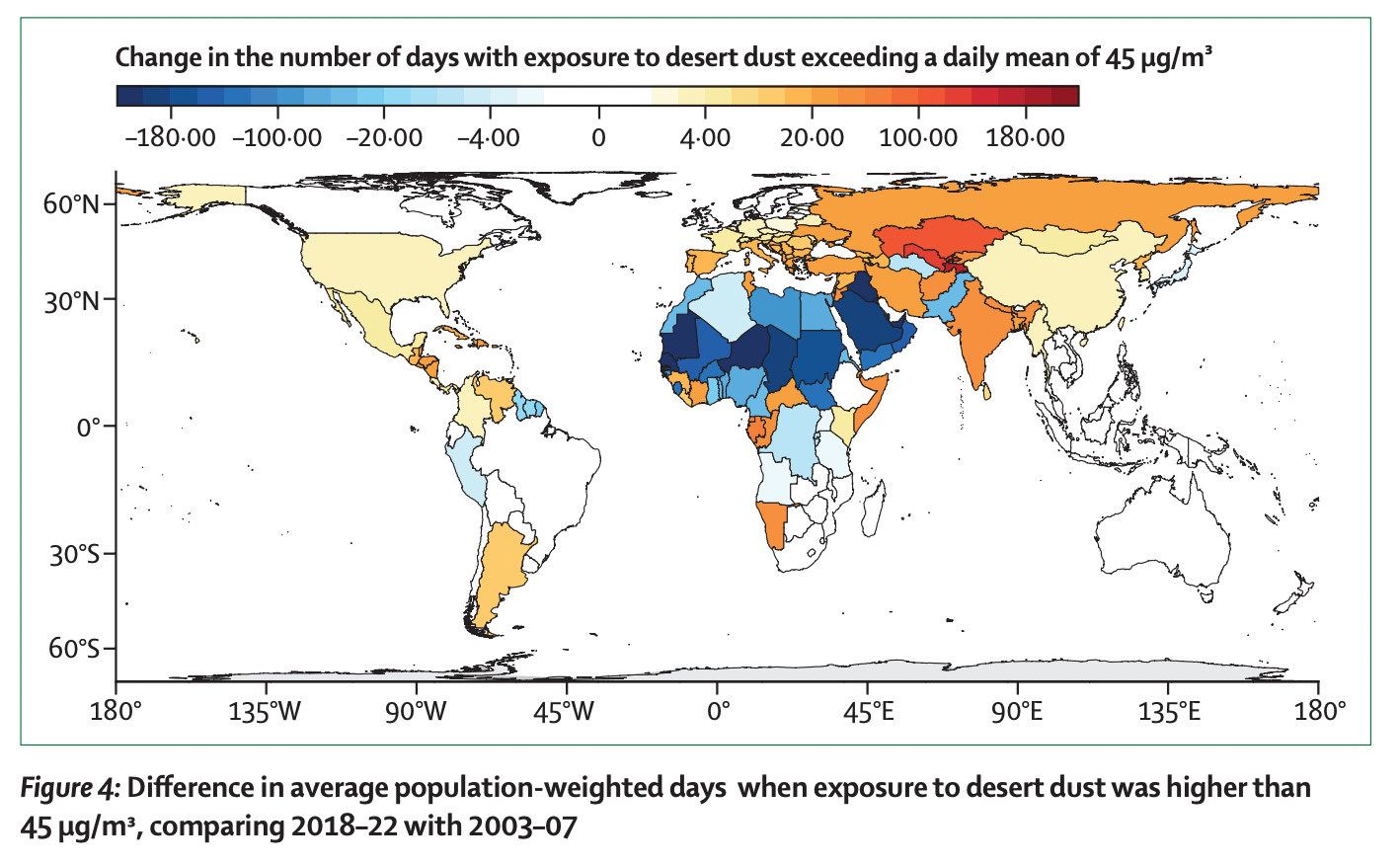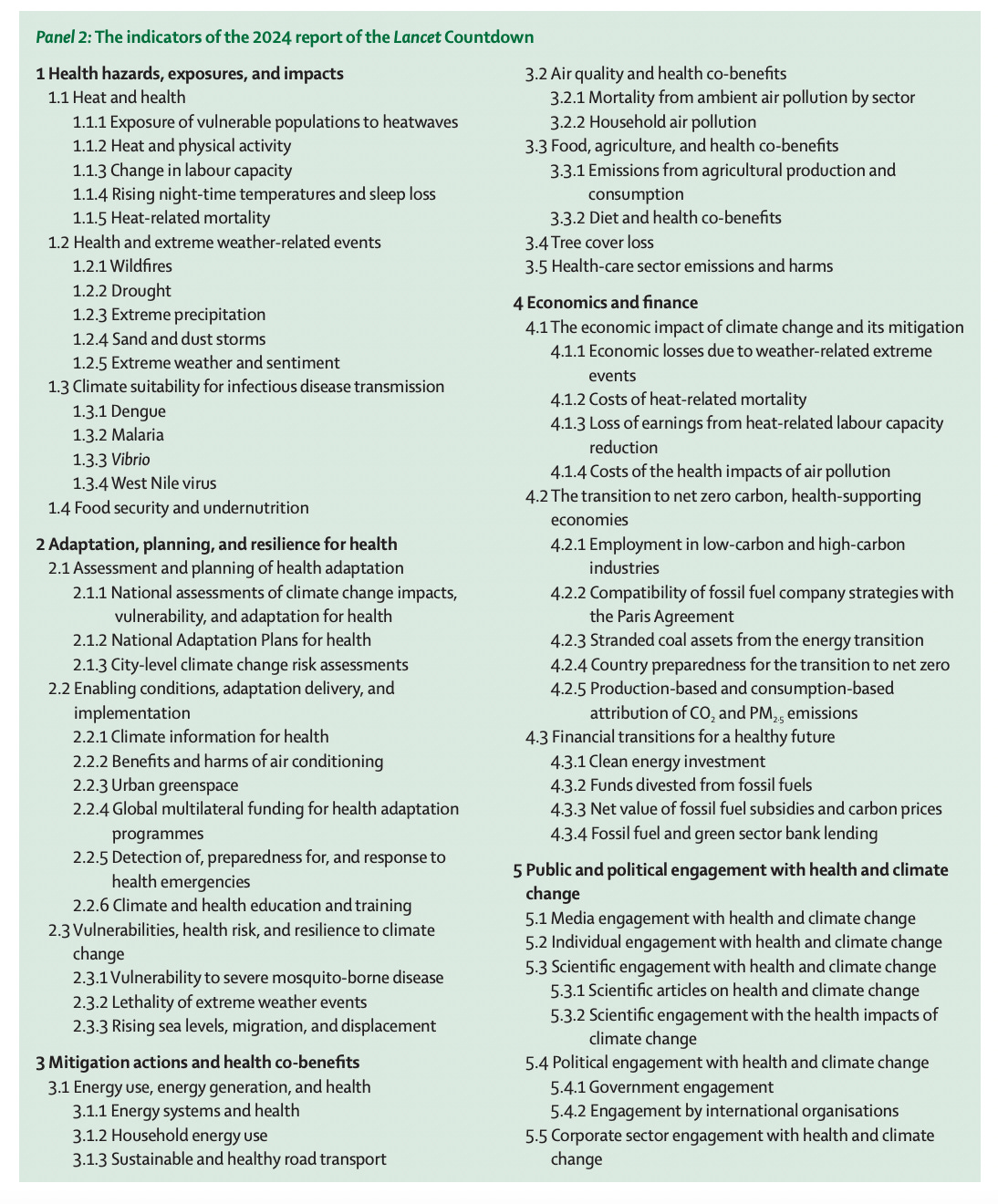Last Week in Collapse: October 27-November 2, 2024
War, Flooding, Endangered Species, Hunger, Smog, and Political Friction. If we stay on this path, we’ll arrive at where we’re going.
Last Week in Collapse: October 27-November 2, 2024
This is Last Week in Collapse, a weekly newsletter compiling some of the most important, timely, useful, soul-shattering, ironic, stunning, exhausting, or otherwise must-see/can’t-look-away moments in Collapse.
This is the 149th newsletter. You can find the October 20-26 edition here on Reddit if you missed it last week. Thank you for subscribing to the Substack.
——————————
Spain suffered a devastating flash flood on Tuesday which killed 205+ people. Many more remain unaccounted for. The floods are Spain’s worst in 30+ years.
The IUCN (International Union for Conservation of Nature), which tracks endangered/extinct species, updated its extinction warning Red List to include much more data on trees. “This comprehensive assessment presents the first global picture of the conservation status of trees,” according to one partner—yet 38% of tree species are listed as endangered. And these trees won’t go without a fight; they’ll take down the whole ecosystem with them.
The Institute for Economics & Peace released its 72-page Ecological Threat Report for 2024 last week. The report emphasizes the risk to the ecosystems of 27 “hotspot countries” (which means “they have very high levels of ecological threat combined with low levels of societal resilience”), most of which lie in sub-Saharan Africa. The report claims that better water management across Africa and the Middle East is the #1 factor which could help stabilize the region and improve food security. Ecological threats are examined at the national, subnational, and local/city levels.
“Ecological threats, including climate change, food insecurity, and water scarcity, are increasingly recognised as significant factors that affect the dynamics of armed conflict….Without concerted international action, ecological degradation will continue to accelerate, intensifying a range of social issues, including malnutrition and forced migration….sub-Saharan Africa’s population is projected to increase by more than 70 per cent by 2050, placing further pressure on already strained food and water supplies….To meet its basic food needs by 2050, sub-Saharan Africa will need to more than double its production of cereals….rising sea levels are going to increase salinity in some of the world’s most fertile agricultural regions, particularly in Southeast Asia, and more extreme weather in China and India will make it harder to feed the 2.8 billion people who live there….The number of people facing food insecurity, defined as insufficient or uncertain daily food consumption, may reach 1.7 billion by 2050. Global food prices remain almost 25 per cent higher than their pre-pandemic levels….regions with high water stress are more likely to experience communal violence….climate change is expected to act as a threat multiplier, exacerbating existing ecological pressures and potentially leading to increased competition and tension over scarce resources…” -excerpts from the executive summary & key findings
Over 90% of the U.S. experienced a drier-than-average October, according to the U.S. Drought Monitor. More than half the country is said to be in Drought—more specifically, a “flash Drought.” Meanwhile, a study from European Geosciences Union finally concluded that dust storms experienced in Spain and Portugal, from 2020-2022, were “most intense dust episode{s} ever recorded” in the region.
In a moment of good news, the ozone hole over the Antarctic is healing, according to NASA and NOAA. Scientists also discovered a new cyanobacteria, nicknamed ‘Chonkus,’ which they believe shows promise for future mass carbon sequestration. A Nature study into Greenland’s ice sheet found that, during summer months, the glaciers hold massive amounts of meltwater inside them, which eventually refreezes during the colder months—or leaks into the ocean.
J
apan has been so warm this year that Mt. Fuji is setting records for the longest its summit has gone without snow on top. In China’s Hainan island, flooding. On an Indonesian island, all-time record temperatures. In pockets of Brazil’s Amazon, record nighttime temperatures. In Mexico, new October heat records. Houston, Texas finished its hottest October on record; Phoenix, too. An island in Finland felt hurricane-force winds for the first time on record.
An Australian government agency has released its 32-page 2024 State of the Climate Report and it predicts a more acidic ocean, rising sea levels, greater Drought, more wildfires, stronger storms, hotter heats, and everything else you expect from a planet under siege by industry.
“Australia’s climate has warmed by an average of 1.51 ± 0.23 °C since national records began in 1910….In the south-west of Australia there has been a decrease of around 16% in April to October rainfall since 1970….Heavy short-term rainfall events are becoming more intense…..Oceans around Australia are becoming more acidic, with changes happening faster in recent decades….The world’s oceans, especially in the Southern Hemisphere, have taken up more than 90% of the extra energy stored by the planet (as heat) arising from enhanced greenhouse gas concentrations…. Australia will experience ongoing changes to its weather and climate….Continued increase in air temperatures….Continued decrease, on average, in cool season rainfall across many regions of southern and eastern Australia, which will likely lead to more time in drought….Nearly one third of the HRS gauges in the Murray-Darling Basin show significantly declining streamflow trends…” -selections from the report
A study in npj climate and atmospheric science determined that “heat-related morbidity and mortality” reached new highs in 2022 & 2023 in Europe. Some 68,000 people died in Europe from heat-related deaths in summer 2022, of which roughly 50% were attributed to anthropogenic climate change. The researchers write that “human-induced climate change poses a risk beyond vulnerable populations, extreme temperatures, heatwaves, or Southern regions characterized by high summer temperatures….we also find that population groups more susceptible to heat, i.e. women and the elderly, are more adversely affected by anthropogenic warming than the general population.”
An important article/study/report from The Lancet, “Countdown on health and climate change,” relates, in its 50 dense pages, the potential consequences of inadequate action to reverse environmental Collapse. In summary, this report outlines the many dangers of CO2 emissions, particulate matter hazards, economic insecurity, water scarcities, heat mortality, ignoring the Paris guidelines, unequal distribution of climate risk/benefit, media engagement, forest loss, undeveloped resilience methods, and a dirty-dependent global energy system—among other topics.
“people all around the world are facing record-breaking threats to their wellbeing, health, and survival from the rapidly changing climate….Between 1961–90 and 2014–23, 61% of the global land area saw an increase in the number of days of extreme precipitation….changing precipitation patterns and rising temperatures are favouring the transmission of deadly infectious diseases such as dengue, malaria, West Nile virus-related illness, and vibriosis….global energy-related CO2 emissions reached an all-time high in 2023….almost 182 million hectares of forests {equivalent to 85% the size of Greenland) were lost between 2016 and 2022….Food systems account for up to 30% of global greenhouse gas emissions…with 56% of 2021 {food} emissions driven by the consumption of red meat and dairy….The {economic} damages expected within the next 26 years vastly outweigh the {economic} mitigation costs required to limit global heating to 2°C (by a factor of six, according to a recent study)....” -selections from the report
Keep reading with a 7-day free trial
Subscribe to Last Week in Collapse to keep reading this post and get 7 days of free access to the full post archives.




